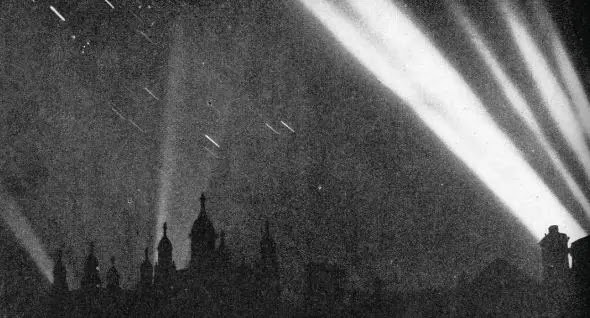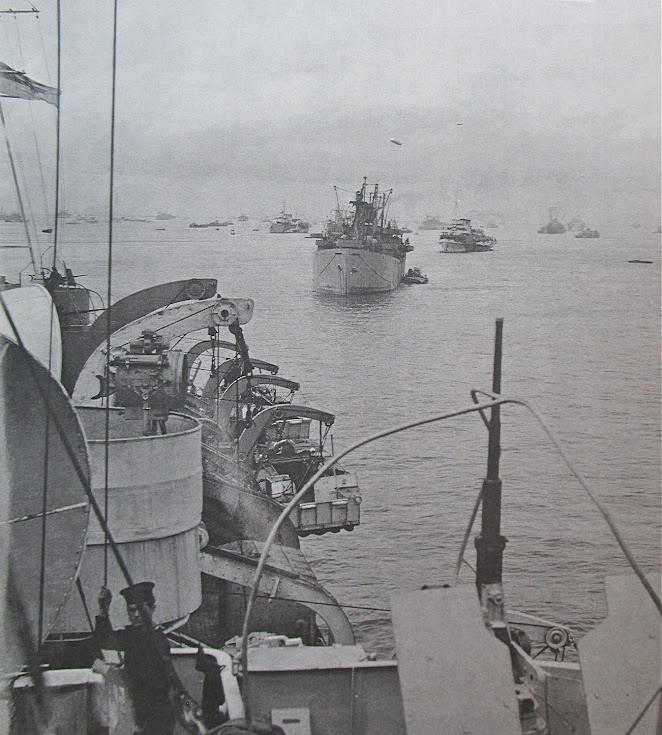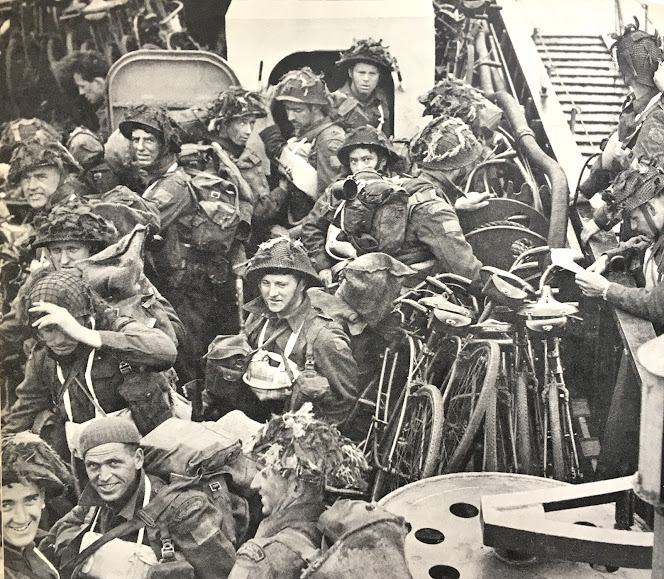Excerpts From Ernie Pyle's War:
America's Eyewitness to World War II
Photo of front cover by GH
Introduction:
This is the second book by or about Ernie Pyle that has been featured on this site. And after reading Mr. Pyle's HERE IS YOUR WAR I listed several excerpts from his book in order to illustrate some of the captivating writing that made him a household name in the United States during World War II.
Please click here to learn a bit more about this book, i.e., Ernie Pyle's War
Below you will find a few excerpts from Ernie Pyle's War, perhaps enough to encourage you to try to find a copy for yourself.
Roving Reporter, 1935 - 1939
Roving Reporter, 1935 - 1939
"I didn't like the inside work," Ernie told a reporter later.
"I didn't like to be bossed... I didn't like to be tied down, roped in.
I wanted to get out... get away... keep going."
Ernie wandered the Western Hemisphere
for nearly seven years, from 1935 until early in 1942.
A tramp with an expense account, he explored cities,
towns and crossroad villages in forty-eight states,
Alaska, Canada, Hawaii, and Central and South America.
He got out of his Dodge convertible coupe
to talk with thousands of people - soda jerks, millionaires,
death-row inmates, movie stars, cranks, cowboys,
strippers, sheepherders, strikers, bosses, promoters, sculptors,
mayors, hookers, teachers, prospectors, tramps and evangelists.
He wrote two and a half million words that comprise
a forgotten but magnificent mosaic of the American scene
in the Great Depression.
And in the process he created "Ernie Pyle."
The actual Ernie remained
a bundle of contradictions and anxieties,
pressured by deadlines and perpetually worried.
But "Ernie Pyle" came to life
as a figure of warmth and reassurance, a sensitive,
self-deprecating, self-revealing, compassionate friend
who shared his sadnesses and exhilarations,
his daydreams and funny stories,
his ornery moods and nonsensical musings,
his settled prejudices and deepest meditations.
In 1935, he had become
a consummate craftsman of short prose
and simultaneously shaped a mythic role for himself:
an American Everyman ready for war.
Pages 26 - 27
Pages 26 - 27
Photo Credit - The Savoy, London
"A small voice said, 'Go'"
With France in ruins by the end of June 1940,
Hitler had swung his gaze across the English Channel.
By August the planes of the German Luftwaffe
were pounding the English countryside.
In September, bombs began to fall on London.
Each day, in American farmhouses
and city apartments and suburban kitchens,
radios were switched on and dials carefully adjusted
to catch the sober baritone of a CBS reporter
named Edward R. Murrow saying, "This is London,"
with the noise of raining bombs
and antiaircraft guns in the background.
Travelling through the East,
Ernie listened as avidly as anyone.
"The war is beginning to get me down."
"Reading about London actually makes me sick at the stomach."
The pull of the world beyond his personal sphere had
once again proven irresistible. As he explained later,
"It seemed to me that in London there was occurring
a spiritual holocaust - a trial of souls -
that never again in our day could be reenacted.
I felt that to live your span in this time of ours,
and to detour around an opportunity of sharing
in the most momentous happening of that time,
was simply to be disinterested in living.
It seemed to me somehow that anyone
who went through the immersion
into fear and horror of the London bombings,
could not help but be made fuller by it."
Ernie stepped onto English soil
in a small coastal town on December 9, 1940...
On the night of December 29,
one hundred and thirty German bombers attacked London
in one of the largest incendiary raids of the war.
Working in his hotel room, Ernie heard them coming,
heard "the quick, bitter firing of the guns" and
"the boom, crump, crump, crump, of heavy bombs
at their work of tearing buildings apart."
The Savoy had a fine basement shelter. But Ernie,
sensing an opportunity, gathered a couple of friends
and went to a high balcony affording a view
of a third of London's skyline. He stayed there for hours, watching
as nearly two thousand separate fires roared throughout the city...
"For on that night this old, old city - even though
I must bite my tongue in shame for say it - was the
most beautiful sight I have ever seen...
The thing I shall always remember above all the other things
in my life is the monstrous loveliness of that one single view
of London on a holiday night - London stabbed with great fires,
shaken by explosions, its dark regions along the Thames
sparkling with the pin points of white-hot bombs,
all of it roofed over with a ceiling of pink
that held bursting shells, balloons, flares."
"We saw two dozen (incendiary bombs) go off in two seconds.
They flashed terrifically, then quickly simmered down
to pin points of dazzling white, burning ferociously.
These white pin points would go out one by one, as the
unseen heroes of the moment smothered them with sand.
But also, as we watched, other pin points would burn on,
and soon a yellow flame would leap up from the white centre.
They had done their work - another building was on fire."
Pages 54 - 55
Searchlights sweep the night skies over London
Photo Credit - The Battle of London
"Pyle's influence is felt"
(Pyle) may have been willfully ignorant of high politics,
but his street-level images were saturated with meaning.
His word portrait of the great London fires communicated
profound sympathy for the British cause. In this he
joined (Edward R.) Murrow in building a structure
of solidarity between Americans and British,
providing the emotional struts and beams upon which
Franklin Roosevelt would soon erect the policy of Lend-lease,
by which the United States extended aid to Britain.
"Would the British cave in under pressure,
like the French? If not, had the Blitz done so much
damage that Britain was already all but beaten? No.
True, the destruction has been immense, but these
ghastly blows actually have hurt London less than it is
possible to imagine or believe without seeing for yourself."
"Believe it or not, London as a living,
enduring institution is not gravely injured.
Not it its architecture, or in its mode of existence,
or its utilities, or its transportation, or its health.
And above all, not it its spirit.
So far, the blitz on London is a failure.
London is no more knocked out than
the man who smashes a finger is dead."
A British correspondent in New York wired a portion
of Pyle's fire column back to London for reprinting.
Time also reprinted the column, saying: Until last week Ernie
Pyle, an inconspicuous little man with thinning reddish hair and
a shy, pixy face, was not celebrated as a straight news reporter...
but from a hotel room high above Britain's blazing capital...
Pyle last week sent one of the most vivid,
sorrowful dispatches of the war.
Pages 56 - 57
More to follow.
Please click here to read passages or excerpts from another WWII book - Passages: Writers on World War II (Part 2)
Unattributed Photos GH














































